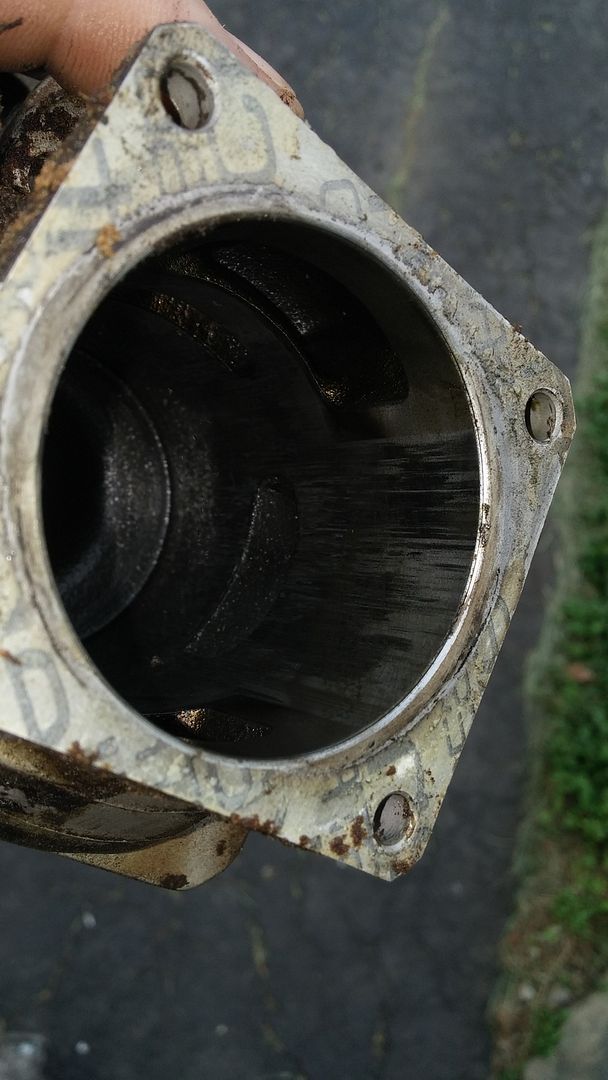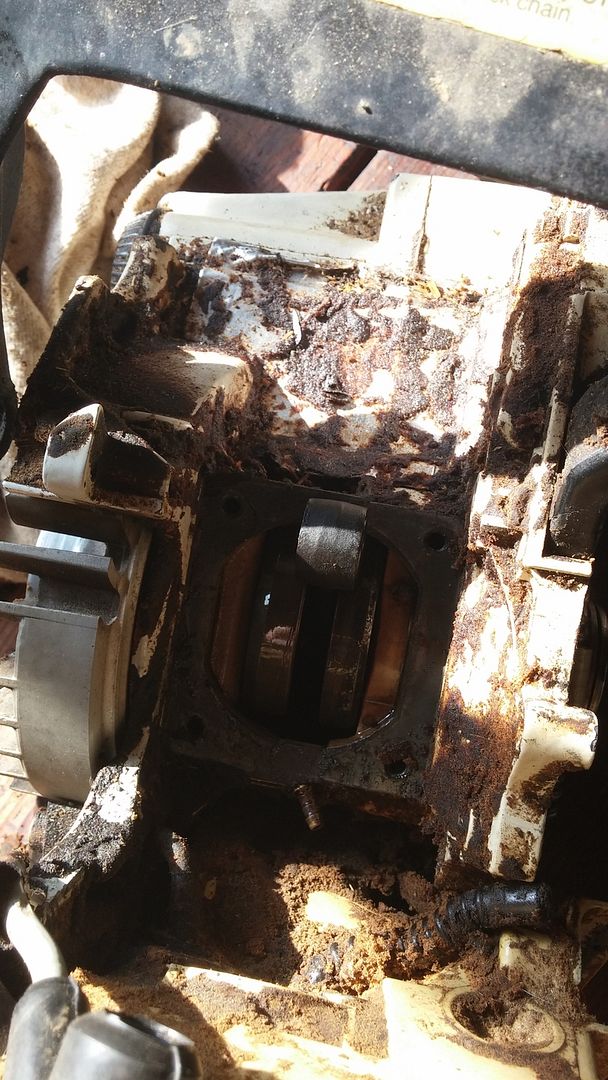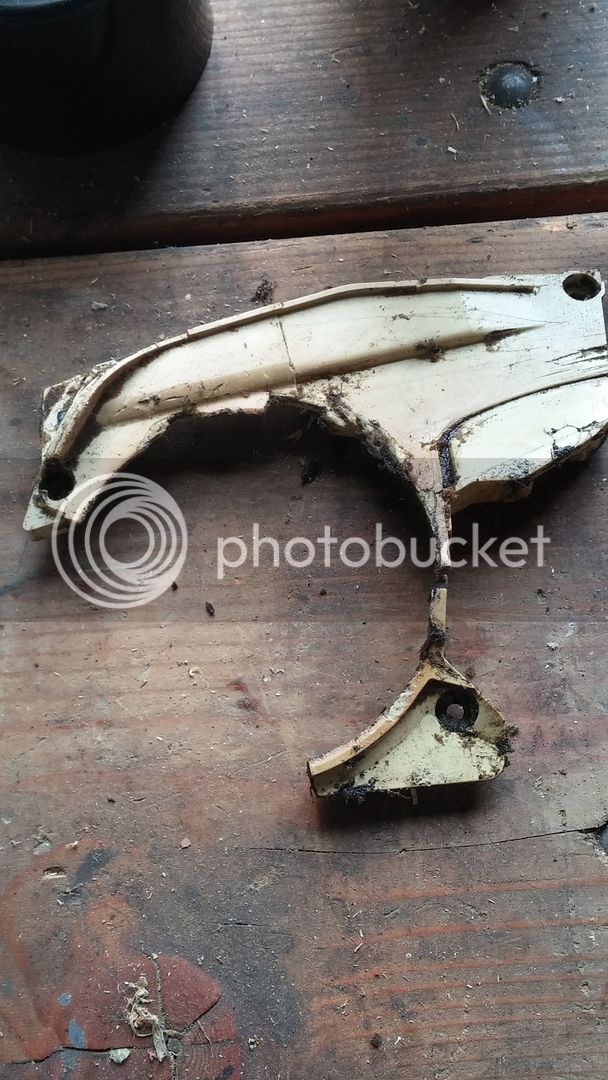derailedbus
ArboristSite Lurker
I'll start off by saying that I've got very little chainsaw knowledge, aside from using them, and apparently breaking them. My 044 finally died on me while cutting, and it now won't start. I figured it was bad gas and took the carb apart and cleaned it. It was filthy, but that wasn't the issue. I took the muffler cover off and can see that the piston is scored badly. Should I assume that the cylinder is shot as well? Now, upon research of the forum I've learned about the different size wrist pins, and my SN being 119402389, I'm guessing that it's the 10mm. Can anyone verify that for me? Also, Bailey's has kits, but they specify buying the kit as well as the 10mm piston assembly. Does anyone have the entire kit that I would need?
![0501151846[1].jpg 0501151846[1].jpg](https://cdn.imagearchive.com/arboristsite/data/attachments/105/105851-0c27b12b31a71b0eecd81158a4749164.jpg)
![0501151846[1].jpg 0501151846[1].jpg](https://cdn.imagearchive.com/arboristsite/data/attachments/105/105851-0c27b12b31a71b0eecd81158a4749164.jpg)








